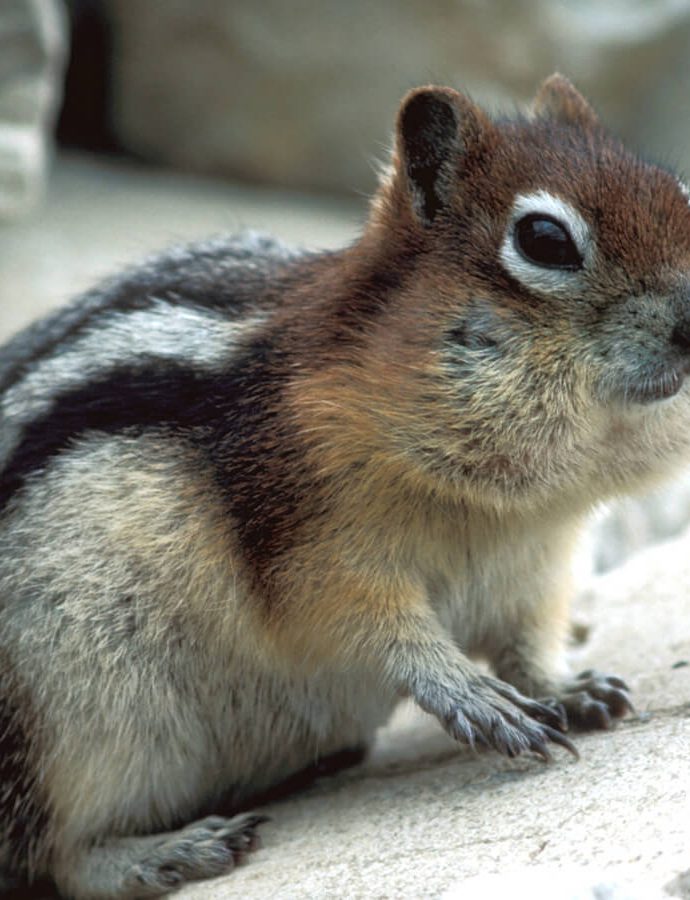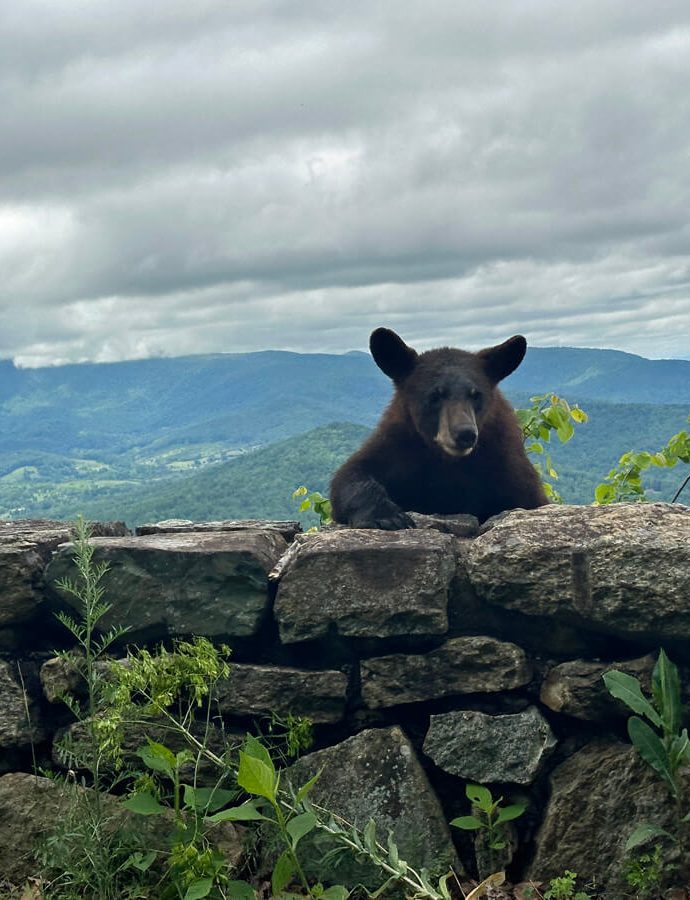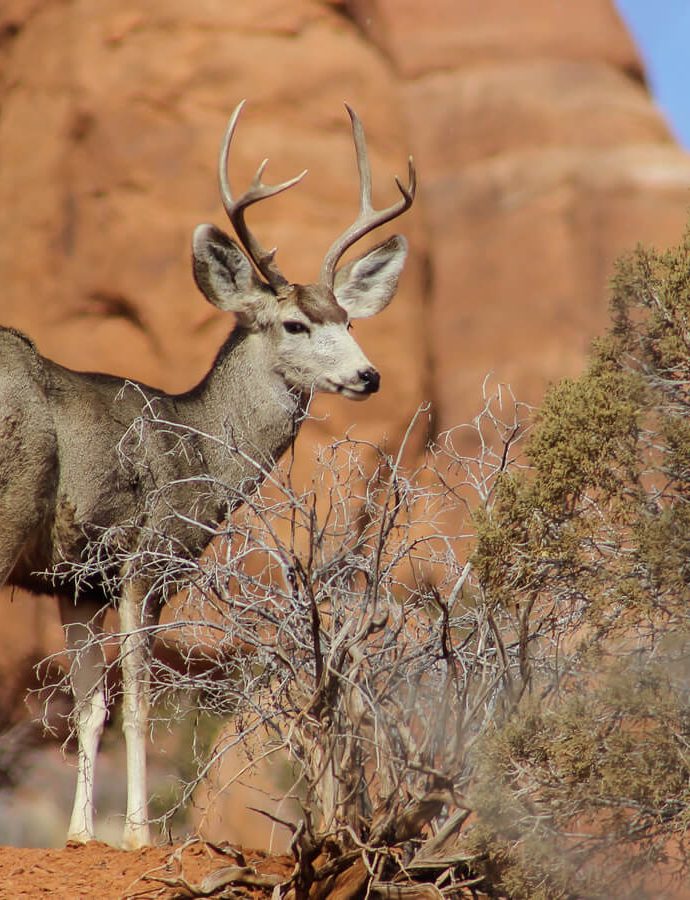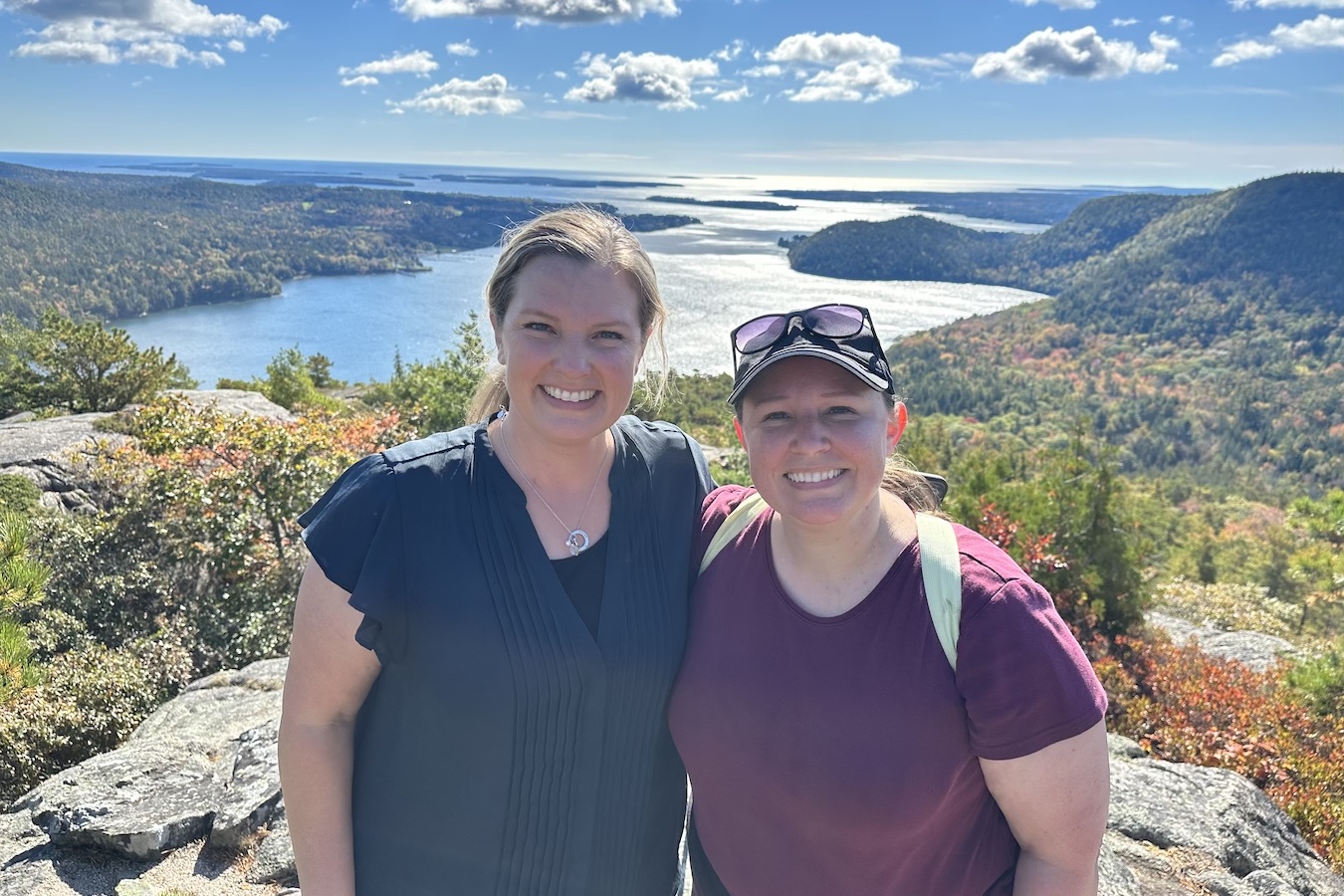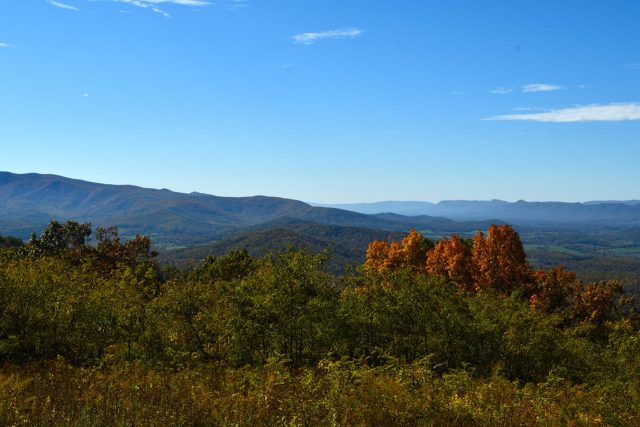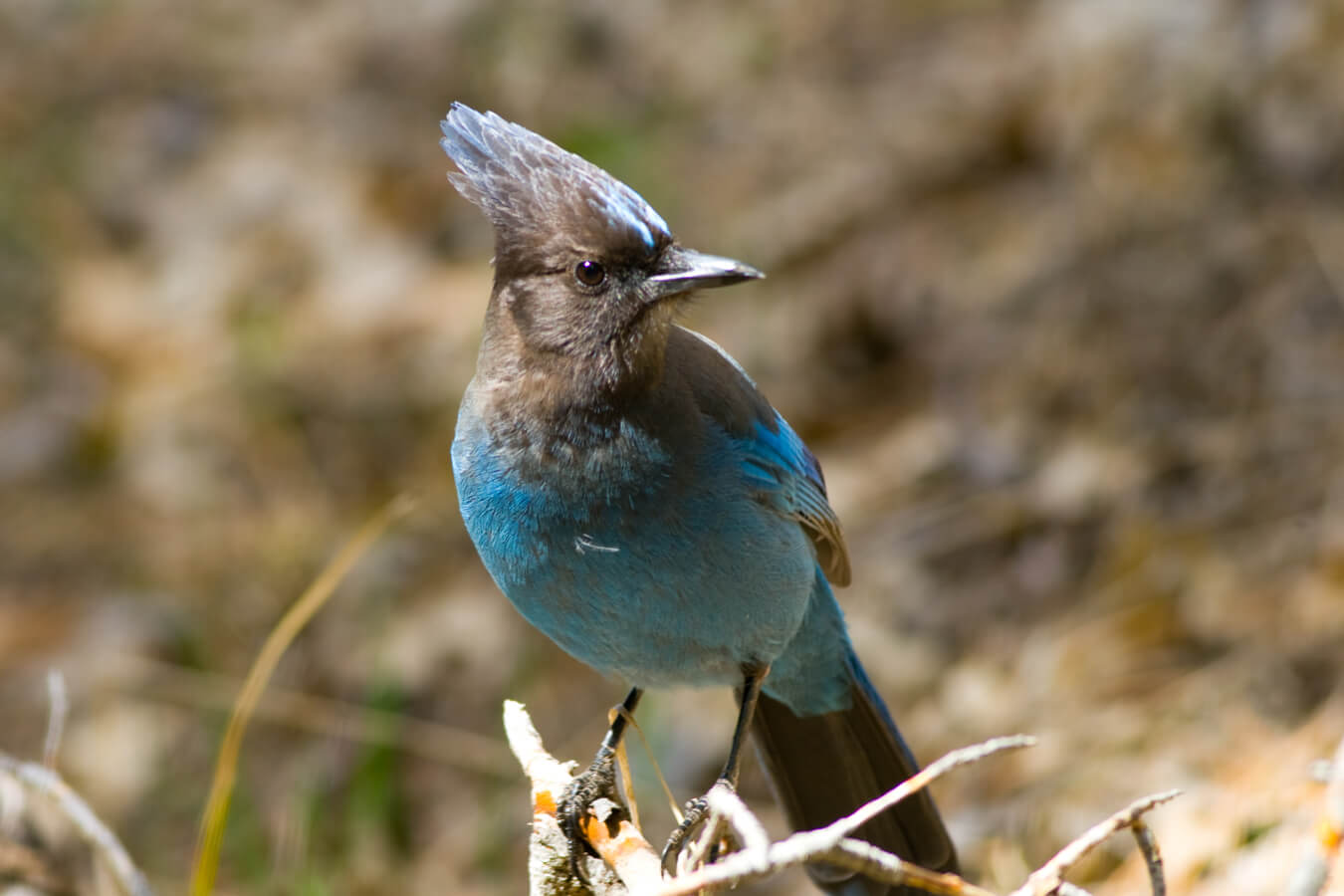
The Steller’s Jay (Cyanocitta stelleri) is one of the most striking and charismatic birds found in the forests of North America. With its vibrant blue plumage, bold black crest, and inquisitive nature, this bird is a favorite among bird watchers and nature enthusiasts. Named after the naturalist Georg Wilhelm Steller, who first described it in 1741, the Steller’s Jay is a remarkable species that plays a vital role in its ecosystem. Due to their distinctive beauty and charm, Steller’s Jays are also rewarding subjects for amateur and professional photographers alike
Learning about animals, like the Steller’s Jay, can significantly enhance wildlife photography skills by providing crucial insights into animal behavior, habitat and physical attributes. Understanding an animal’s habits can allow photographers to safely anticipate and capture unique and authentic moments. While knowledge of an animal’s habitat may help in selecting the best locations and times for shooting. Familiarity with physical attributes of specific species is also crucial in identifying and adding value and accuracy to the photographs.
If wildlife photography or simply wildlife viewing are of interest to you, then you’ve come to the right place! Together let’s learn more about what makes the Steller’s Jay so special.
Physical Characteristics
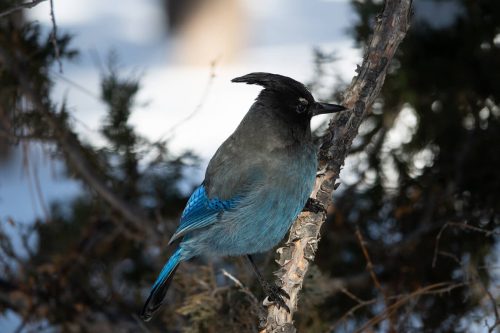
The Steller’s Jay is a medium-sized bird, measuring about 11 to 13 inches in length with a wingspan of approximately 17 inches. Its most distinctive feature is its striking plumage: a combination of deep blue on the wings, tail, and underparts, with a contrasting black head and upper body. The bird’s prominent crest, which can be raised or lowered depending on its mood, adds to its dramatic appearance.
The Steller’s Jay also has bold white or blue markings on its face and forehead, which can vary between individual birds. Its robust, black bill is slightly curved, aiding in its varied diet, and its strong legs are well-adapted for both perching and hopping on the forest floor.
Habitat and Distribution
The Steller’s Jay is predominantly found in the forests of western North America, ranging from Alaska through the Rocky Mountains and into Mexico. Its preferred habitats are coniferous and mixed forests, but it is also commonly found in wooded suburban areas and parks. These birds are highly adaptable and can thrive in various forested environments, from coastal redwood forests to high-altitude pine forests.
Steller’s Jays are resident birds, meaning they do not typically migrate long distances. Instead, they may move to lower elevations during harsh winters in search of food and milder conditions.
Behavior and Social Structure
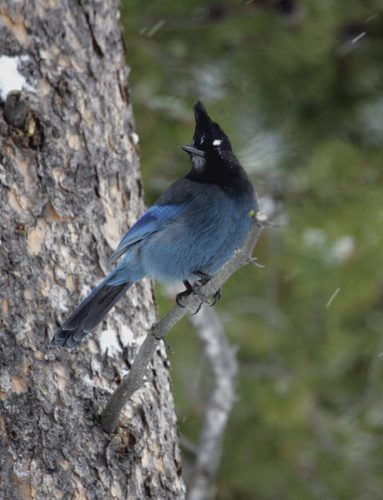
Steller’s Jays are known for their bold and inquisitive behavior. They are highly social birds, often seen in pairs or small groups, especially outside the breeding season. Their loud, harsh calls are a familiar sound in their habitat, serving as a form of communication between birds and a warning system against potential predators.
These jays are intelligent and curious, traits that are common among members of the corvid family, which includes crows and ravens. They are known to mimic the calls of other birds and even animals, adding to their vocal repertoire. This mimicry can sometimes deceive other species, providing the Steller’s Jay with an advantage in the wild.
During the breeding season, which typically runs from March to July, Steller’s Jays become highly territorial. They build large, bulky nests made of twigs, leaves, and moss, usually situated high in the trees. Both parents participate in building the nest and raising the young, demonstrating strong parental care.
Diet and Foraging
Steller’s Jays have an omnivorous diet, which allows them to exploit a wide range of food sources. Their diet includes insects, seeds, nuts, berries, and small animals such as lizards and nestlings. They are also known to scavenge, often visiting picnic areas and campgrounds to forage for leftover food.
Acorns and pine seeds are particularly important in their diet, especially during the fall and winter months. Steller’s Jays are known to cache food, storing it in various locations to retrieve later when resources are scarce. This caching behavior not only helps them survive during lean times but also plays a role in seed dispersal, contributing to forest regeneration.
Role in the Ecosystem
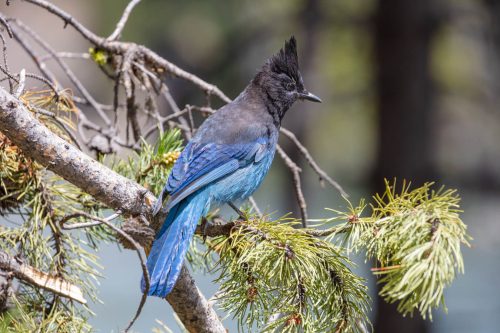
Steller’s Jays play a crucial role in their ecosystems. As seed dispersers, they help maintain the health and diversity of forested areas. By caching and sometimes forgetting seeds, they aid in the growth of new plants, contributing to the regeneration of their habitat.
These birds are also important predators of insects and small animals, helping to control pest populations. Their presence in the forest can influence the behavior of other species, as their loud calls and aggressive defense of territory can affect the distribution of other birds and animals.
Interactions with Humans
Steller’s Jays are often seen around human habitation, particularly in wooded suburban areas and national parks. Their boldness and curiosity make them frequent visitors to bird feeders, where they can become quite tame. However, their habit of scavenging can sometimes lead to conflicts, as they may raid campsites and picnic areas for food.
These interactions highlight the importance of responsible wildlife management. Ensuring that food and waste are properly secured can help prevent negative encounters between humans and Steller’s Jays, promoting coexistence.
Conservation Status
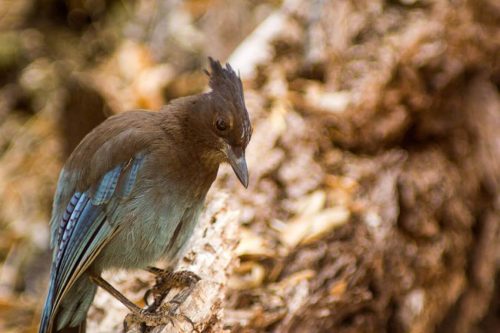
The Steller’s Jay is currently listed as a species of “Least Concern” by the International Union for Conservation of Nature (IUCN), indicating that its populations are stable. However, like many wildlife species, they face threats from habitat loss due to deforestation and urban development. Climate change also poses potential risks, as it can alter the availability of food resources and suitable habitat.
Conservation efforts for the Steller’s Jay focus on preserving and restoring their natural habitats. Protecting large tracts of forest, promoting sustainable forestry practices, and maintaining urban green spaces can all contribute to the well-being of these birds. Public education and awareness campaigns can also help foster appreciation and support for their conservation.
National Park Presence & Wildlife Photography
The Steller’s Jay is thought to be present in 36 National Parks in varying degrees of abundance. If you visit one of the parks in hopes of seeing and photographing one of these beautiful birds, keep a sharp eye and be patient. Wildlife is wild and unlike landscape photography, viewing specific types of wildlife can be hit or miss.
If wildlife does present itself, always make sure to maintain a safe distance. Using a telephoto lens allows for close-up shots without intruding on the animals’ space. If you already own or want to own a professional grade mirrored camera like the Canon EOS 5D Mark IV Full Frame Digital SLR, we recommend using a Canon EF 100-400mm f/4.5-5.6L is II USM Lens zoom lens for wildlife photography. If you have or are interested in a newer mirrorless model like the Canon EOS R5 Full-Frame Mirrorless Camera, we recommend using a Canon RF100-400mm F5.6-8 is USM Black for long distance shots.
Not quite ready to invest in traditional professional grade camera equipment, but want to enhance the quality of your cell phone photographs? Consider using a Moment 58mm Tele Lens for an improved zoom and be sure you have a compatible phone case to mount your new lens in. Since cell phones don’t have the same zoom distance and quality as traditional professional cameras, be extra mindful about your distance from wildlife when photographing them and don’t get too close.
Below is a list of National Parks where the Steller’s Jay may be spotted:
Final Thoughts
Wildlife viewing and photography offer numerous benefits, both for individuals and for broader conservation efforts. Engaging in these activities fosters a deep connection with nature, promoting mental well-being and reducing stress through the tranquil experience of observing animals in their natural habitats. It also enhances physical health through outdoor exploration and boosts creativity and patience. On a broader scale, wildlife photography raises awareness about the beauty and diversity of animal species, inspiring conservation efforts and environmental stewardship.
The Steller’s Jay is a remarkable and charismatic bird that adds color and vitality to the forests of western North America. Its striking appearance, intelligent behavior, and important ecological role make it a fascinating subject for bird watchers and nature lovers alike.
By understanding the Steller’s Jay, we can better appreciate the intricate web of life in our forests and the importance of conserving these vital habitats. Through concerted conservation efforts and responsible wildlife management, we can ensure that the Steller’s Jay continues to thrive in its natural environment, delighting generations to come with its bold presence and beautiful plumage.
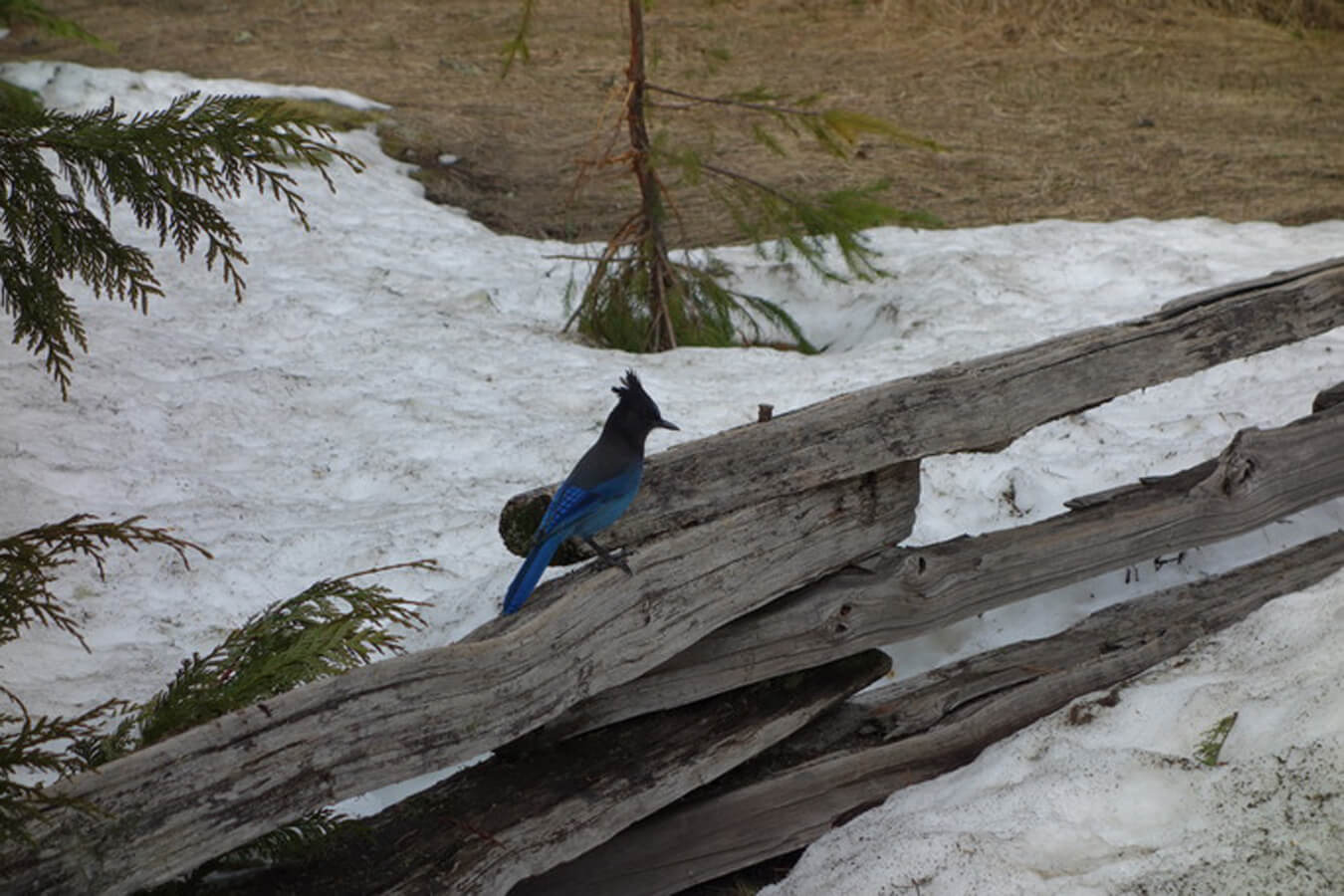
Want more information about the amazing wildlife that call our National Parks home? Take a look at our National Park Wildlife page to explore the various parks and the animals in them. Planning on visiting a National Park in the near future? Be sure to follow park regulations, practice “Leave No Trace” principles, and prioritize safety while exploring.
Joyful Journeys!
Bonnie, Co-Owner, National Park Photographer
Want to learn more about the Steller’s Jay and other North American Birds? Check out the links below!
- Jabber the Steller’s Jay
- Bird Songs: 250 North American Birds in Song
- National Geographic Backyard Guide to the Birds of North America, 2nd Edition
- North American Bird Watching for Beginners: Field Notes on 150 Species to Start Your Birding Adventures
- National Geographic Field Guide to the Birds of North America, 7th Edition
- Peterson Field Guide To Birds Of North America, Second Edition
- National Geographic Pocket Guide to the Birds of North America
Want to know what a Steller’s Jay sounds like? Visit the link below to hear its unique song:
Steller’s Jay (Cyanocitta stelleri) – Song
Please note, by making purchases through our affiliate links, you are supporting our mission to celebrate and showcase our National Parks and the photographers who frequent them. As an Amazon Associate, National Park Photographer earns from qualifying purchases at not cost to you. We appreciate your support.

